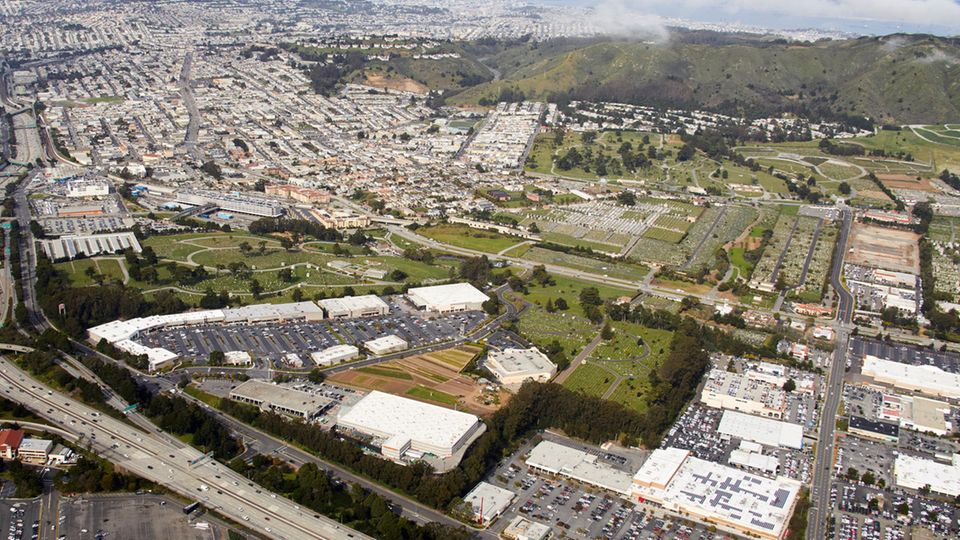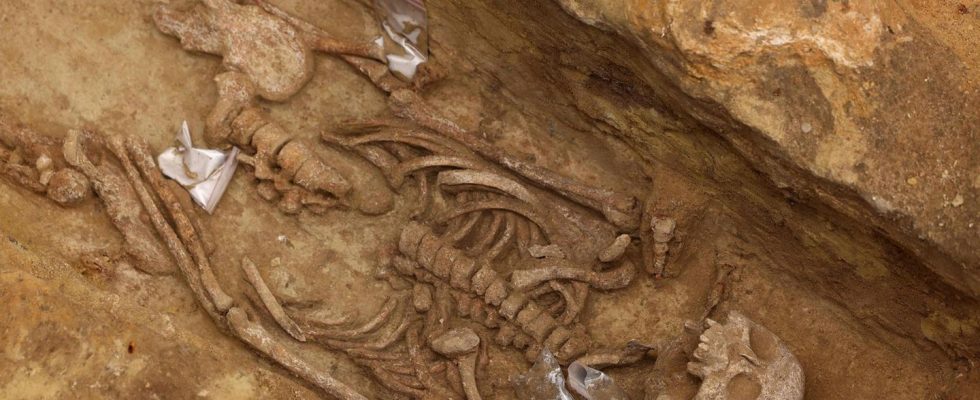During metro construction work
Fascinating city of the dead discovered in the middle of Paris: “A window into the burial world of antiquity”
The photo shows a skeleton from an ancient necropolis discovered during construction work at the Port-Royal metro station in Paris.
Archaeologists have discovered 50 ancient tombs in Paris. The necrople is not unknown to researchers. Now a hitherto untouched part has come to light, which should bring new information about the life of the Parisii.
A coin that a deceased had in their mouth for their trip to the world of the dead helped archaeologists in Paris to date a sensational find: around 50 graves from the second century AD were discovered during construction work on the light rail system in Paris. “Nobody has seen them since ancient times,” says Dominique Garcia, head of the archaeological institute Inrap. The find at Port-Royal RER station was not entirely unexpected, as the existence of a Gallo-Roman necropolis in this area was known. It was in the south of Lutetia, as Paris was then called – a name familiar to Asterix fans.
Parts of the necropolis in Paris discovered earlier
Archaeologists had already partially excavated the necropolis in the 19th century. At that time they were primarily interested in valuable grave goods, but not in the skeletons. The necropolis was filled up again, and important information was lost. Until their previously untouched part with around 50 skeletons was discovered. “We were very happy when we found a skeleton with a coin in its mouth during a test dig,” says archaeologist Camille Colonna. “In this way we were able to date the tomb to the second century AD.”
archeology
300 coins in an amphora – the gold treasure of Como
Graves contained various grave goods
At that time it was customary to put a coin in the grave or in the mouth of the dead – as fare for Charon, who in Greek and Roman mythology transported the dead across a river to the kingdom of Hades, the ruler of the underworld. With today’s methods, much knowledge about the Parisii, the inhabitants of Lutetia who gave the city its current name, can be extracted from the remains of the necropolis. Little is known about their history and the history of their city. For example, nails could be used to find out that the dead were originally buried in wooden coffins in which they lay on their backs. About half of the graves contained grave goods, mainly ceramic or glass jugs and cups.

Watch the video: Colma Necropolis – in this city in California, 99.9 percent of the people are dead.
DNA analysis should provide information
A row of smaller nails indicates that the deceased wore shoes with nailed soles – or that these were placed in their coffins. Jewellery, hairpins and belts were also found. The skeletons of a pig and a smaller animal indicate a pit for animal sacrifices. Unlike in the 19th century, all finds are now examined more closely in a laboratory, including DNA. “The burial rites and the DNA can give us clues about the life of the Parisii and their health,” says Garcia. “It is a window into the burial world of Paris in antiquity” – and even more so, because: “What is found in the graves was also found in the houses at that time”.

